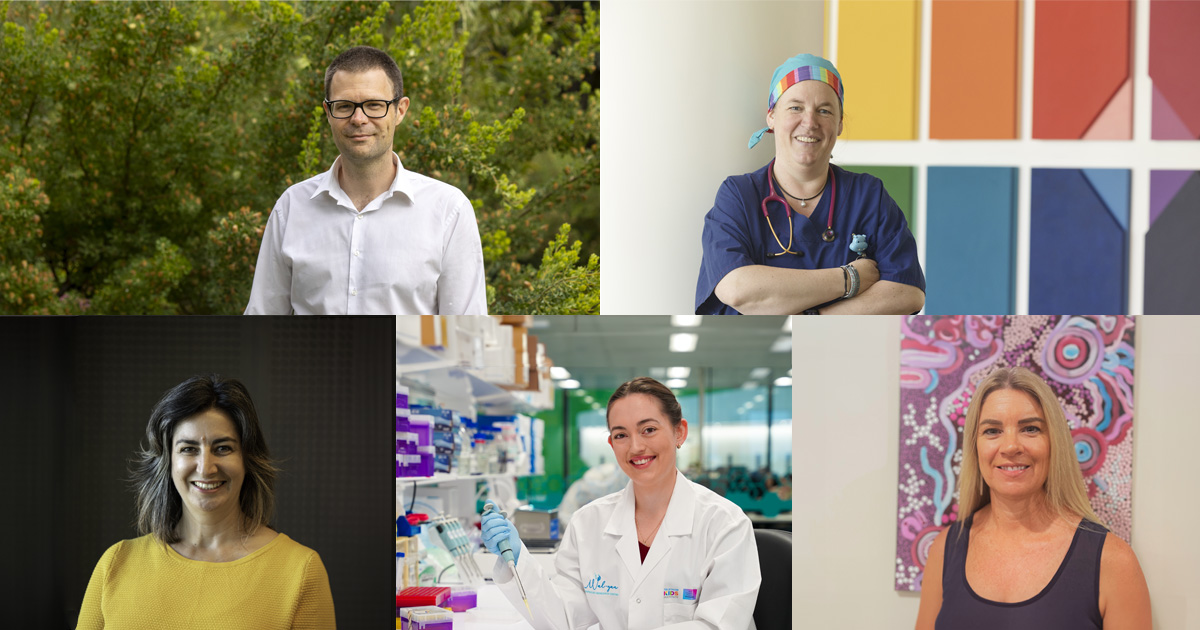Search
Research
Functioning, participation, and quality of life in children with intellectual disability: an observational studyTo investigate associations between functioning, community participation, and quality of life (QoL) and identify whether participation mediates the effects of functioning on QoL.
Research
Risk and protective factors for the health of primary care-givers of children with autism spectrum disorders or ID: a narrative reviewWe aimed to review original research which described factors impacting the health of primary care-givers of children with Autism or Intellectual Disability
Research
Commentary: Are we expecting too much from the extreme male brain theory of autism? A reflection on Kung et al. (2016)This commentary highlights inconsistent findings that undermine the extreme male brain theory autism but data may not present an adequate test of the hypothesis
Research
Reduced goal-directed action control in autism spectrum disorderInvestigate whether impairments in the ability to execute flexible goal-directed actions may be an underlying feature in ASD contributing to these symptoms
Research
Evidence of a reduction over time in the behavioral severity of autistic disorder diagnosesThis study provides the first clear evidence of a reduction over time in the behavioral severity of individuals diagnosed with Autistic Disorder during a period of stability in diagnostic criteria
News & Events
Hormones in utero influence facial structureHormone levels in the womb may determine how masculine or feminine your facial features are as an adult, The Kids Research Institute Australia researchers have found.
Research
Characterizing the Nature of Alexithymia in Autistic Adults: Validation of the Perth Alexithymia QuestionnaireAlexithymia—a trait characterized by difficulties in emotion processing—is of high interest in the autism field. However, the lack of validated alexithymia measures for autistic individuals limits progress. This study aimed to address this gap by examining the psychometric properties of the Perth Alexithymia Questionnaire (PAQ) across autistic and non-autistic samples. Using the PAQ, we investigated how alexithymia manifests in autistic individuals and its links with poor mental health outcomes (anxiety).

Research
Multigenerational Familial and Environmental Risk for Autism (MINERvA) NetworkThe MINERvA Network will allow more accurate and precise determination of the contributions of familial and environmental factors to the etiology of autism.
Research
Caregiver broader autism phenotype does not moderate the effect of early caregiver-mediated support on infant language outcomesCaregiver-mediated supports in general have shown mixed evidence for enhancing language outcomes in infants at higher likelihood of autism. While caregivers play a substantial role in caregiver-mediated supports, little is known about whether caregivers' own subclinical autistic features - known as broader autism phenotype - may moderate infant language outcomes.

News & Events
The Kids researchers named as finalists in 2023 Premier’s Science AwardsFive The Kids Research Institute Australia researchers working across diverse and highly impactful areas of child health research have been named as finalists for the 2023 Premier’s Science Awards.
